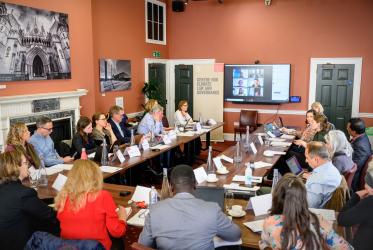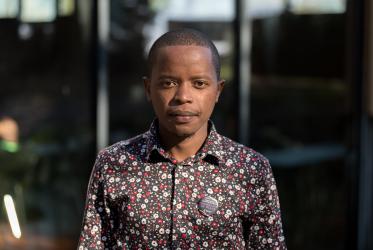St Andrew Episcopal Church, in the ancient town of St Andrews in Fife, was recently given the green light to install 22 photovoltaic panels and two hot water solar thermal panels on the roof of the church building, to help reduce the church’s carbon emissions.
The panels will represent the third phase of work to reduce the carbon footprint at the church, after most lights were changed to LEDs ten years ago, and then last year the church hall was fitted with secondary glazing to improve insulation as part of a project which also saw the hall and office lights replaced with LEDs and the introduction of a smart control system for heating. These measures are expected to cut emissions by up to 30 percent at the hall, which is a popular venue for church and community events.
The second phase (secondary glazing) was helped by the award of a grant from the Community Climate Action Fund, and was relatively straightforward compared to the third phase (solar panels). At first, the application for permission to install solar panels looked doomed. Ten years ago, an initial application was rejected, but a further application this year was considered worthwhile.
“We have a listed building in a conservation area, and the rules were that you can’t get permission for solar panels in such circumstances,” says David Cole-Hamilton, treasurer at St Andrew Episcopal Church. “I reckon that we would have got the same answer if we had tried again a couple of years ago. However, times are changing. There is a recognition that the need for conservation has to be balanced with the desire to cut emissions.
“It’s probably among the first successful applications in a conservation area with a listed building in Scotland, and I do believe that this could be a precedent for other churches who want to install solar panels.”
Meanwhile, the congregation is also being encouraged to think about what they can do as individuals. A “Green Ticket” initiative at St Andrew’s offers a means—paper or online—by which members can submit the total carbon they have saved through making intentional changes in personal travel, food, home energy or lifestyle. These carbon savings are collected and reported as part of the church's commitment to reducing carbon emissions as an act of worship and faithful living.
“The church first introduced this ten years ago, and it has been given new momentum of late,” says Cole-Hamilton. “People let us know when they have given up a car, or taken the train to Europe instead of flying, or simply used a bicycle locally instead of making a car journey.
“We have saved eight tonnes of carbon dioxide since May, although some of the figures included in that tally are year-long pledges.
“The mindset is catching on. It’s a good resource, and could be rolled out elsewhere quite easily.”
Click here to learn further details of the Green Ticket Scheme




